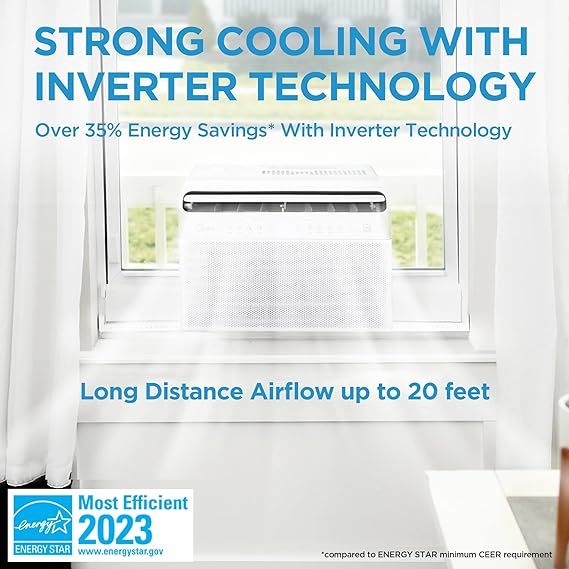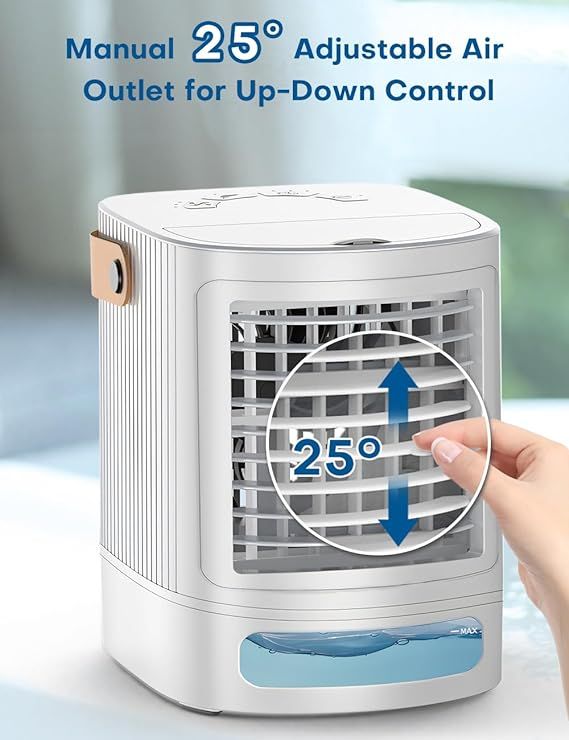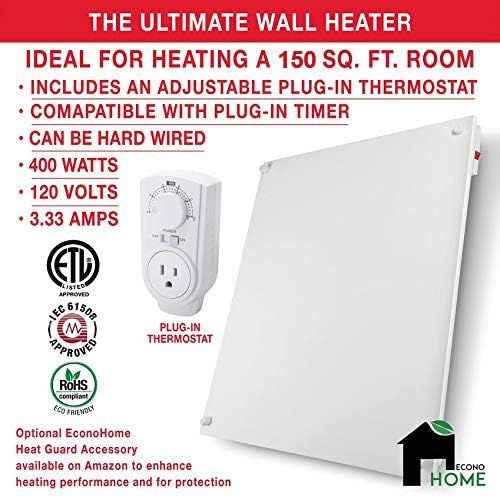How to Choose an Air Purifier
- Why Do You Need an Air Purifier?
- Types of Air Purifiers
- Key Factors to Consider When Choosing an Air Purifier
- Coverage Area
- CADR Rating
- Noise Level
- Filter Replacement Costs
- Energy Consumption
- Portability
- Features to Look for in an Air Purifier
- Automatic Mode
- Timer and Sleep Mode
- Wi-Fi Connectivity
- Indicator Lights
- Maintenance and Operating Costs
- Filter Replacements
- Electricity Usage
- Best Practices for Using an Air Purifier
- Placement
- Sealing Rooms
- Running Schedule
- Conclusion
In today's world, where pollution levels are rising and indoor air quality is becoming a major concern, owning an air purifier has become almost indispensable. But with countless options available in the market, choosing the right air purifier can be quite a challenge. This comprehensive guide aims to help you navigate through the complexities of selecting the perfect air purifier for your needs.
Why Do You Need an Air Purifier?
Before diving into the selection process, it's essential to understand why an air purifier is necessary. Pollutants such as pollen, smoke, volatile organic compounds (VOCs), and pet dander can significantly degrade indoor air quality. Moreover, if you or your family members suffer from allergies, asthma, or other respiratory issues, an air purifier becomes even more critical.
Types of Air Purifiers
Understanding the different types of air purifiers is the first step towards making an informed decision. Here's a breakdown of the most common types:
- HEPA (High-Efficiency Particulate Air) Filters: These filters are highly effective at capturing particles as small as 0.3 microns, including pollens, molds, and dust mites. They are often recommended for people with allergies and asthma.
- Activated Carbon Filters: These filters excel at absorbing gases, odors, and VOCs. They're ideal for kitchens, smoking areas, and places with chemical fumes.
- UV (Ultraviolet) Light Purifiers: UV light kills bacteria, viruses, and other pathogens, making it a great choice for hospitals, clinics, and homes with immune-compromised individuals.
- Ionizers: Ionizers release negatively charged ions that bind with positively charged particles, causing them to fall to the ground. They don't filter the air but can help reduce particle concentration.
- Ozone Generators: These units produce ozone gas, which breaks down pollutants and eliminates odors. However, they can be harmful if misused, so caution is advised.
Key Factors to Consider When Choosing an Air Purifier
Coverage Area
Determine the size of the room or area you wish to purify. Most air purifiers specify a coverage area in square feet. It's crucial to choose a device that matches or exceeds your room size for optimal performance.
CADR Rating
Clean Air Delivery Rate (CADR) measures the volume of filtered air delivered per minute. A higher CADR means the purifier can clean the air more quickly. Look for a CADR rating that aligns with your room size and expected contaminant levels.
Noise Level
Some air purifiers can be noisy, especially on high fan speeds. If you plan to use the purifier in a bedroom or living room, consider models with low noise output.
Filter Replacement Costs
Filters need replacing periodically, and the frequency varies depending on usage and contaminant levels. Check the average lifespan of filters and associated costs to estimate ongoing expenses.
Energy Consumption
Energy-efficient models can save you money in the long run. Look for Energy Star-rated purifiers to minimize electricity consumption.
Portability
If you intend to move the purifier between rooms, portability is a factor. Consider the weight, size, and ease of transport.
Features to Look for in an Air Purifier
Automatic Mode
Many modern air purifiers have automatic modes that adjust fan speed based on air quality sensors. This feature optimizes performance and saves energy.
Timer and Sleep Mode
Timers let you schedule the purifier to turn on/off at specific times. Sleep mode reduces noise and energy consumption during nighttime use.
Wi-Fi Connectivity
Some models connect to Wi-Fi, allowing remote control and monitoring via smartphone apps. This is helpful for managing the purifier when away from home.
Indicator Lights
Air quality indicator lights alert you to changes in air quality, prompting adjustments to settings.
Maintenance and Operating Costs
Filter Replacements
Filter replacement schedules vary, but expect to change HEPA filters every six months to a year. Activated carbon filters may need replacing more frequently.
Electricity Usage
Energy consumption depends on the purifier's CADR, fan speed, and operating hours. Factor in electricity costs when calculating total ownership expenses.
Best Practices for Using an Air Purifier
Placement
Position the purifier in a central location with adequate circulation space. Avoid placing it close to walls or obstructions.
Sealing Rooms
Close doors and windows to maximize the purifier's efficiency. Sealed rooms retain clean air longer.
Running Schedule
Run the purifier continuously in heavily polluted areas. Turn it on early in the day and leave it running overnight for best results.
Conclusion
Choosing the right air purifier requires careful consideration of your needs, budget, and environmental concerns. Evaluate the type of pollutants you wish to address, the size of your space, and your lifestyle habits. Once you've identified these factors, narrow down your options based on features, maintenance costs, and user reviews. Ultimately, a well-chosen air purifier can significantly improve your indoor air quality, enhancing your overall health and well-being.







